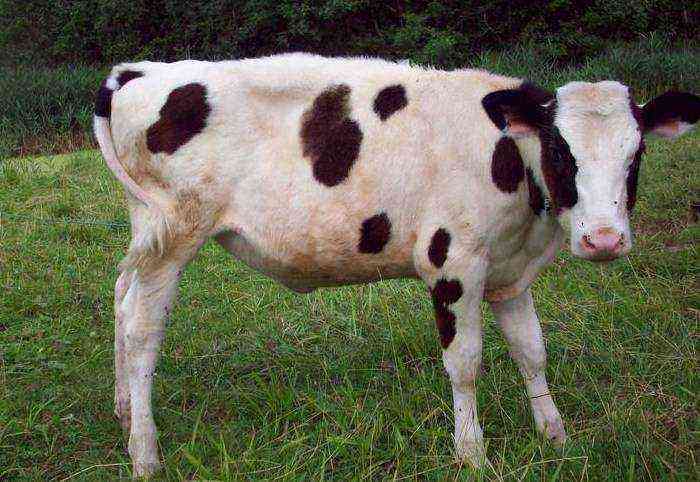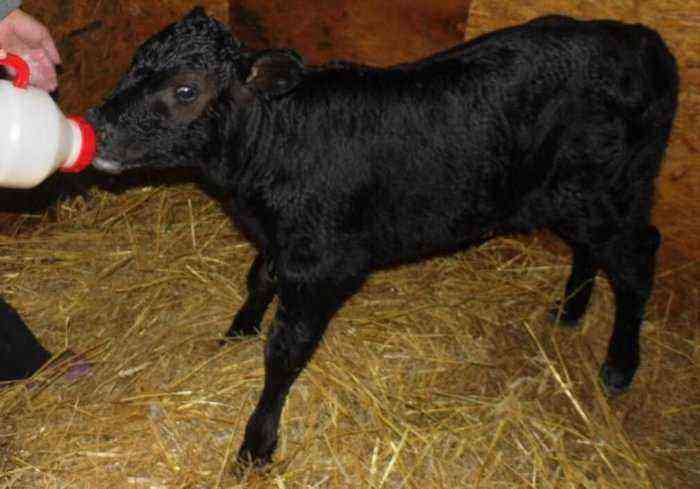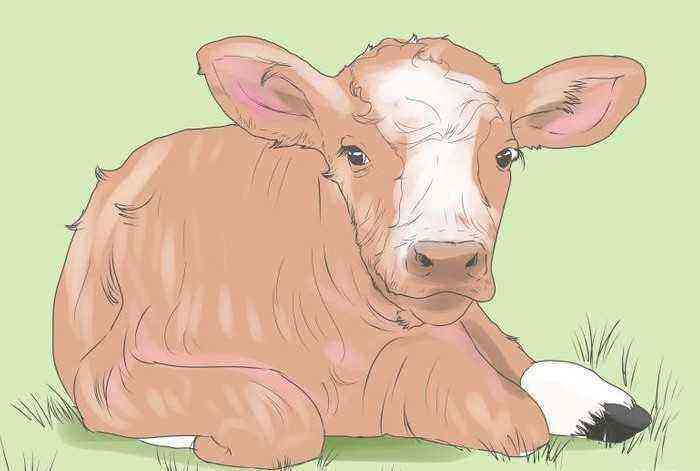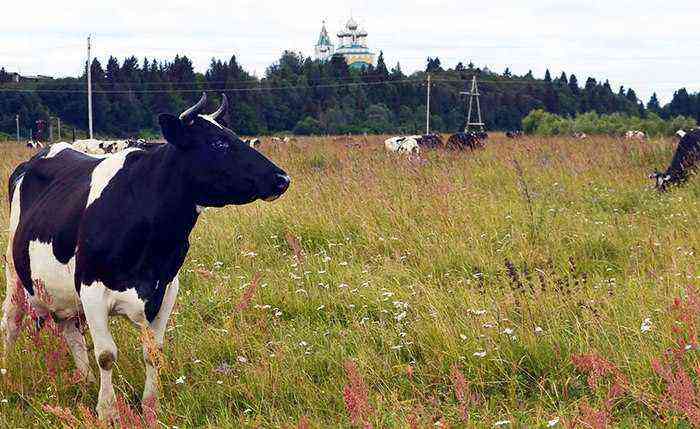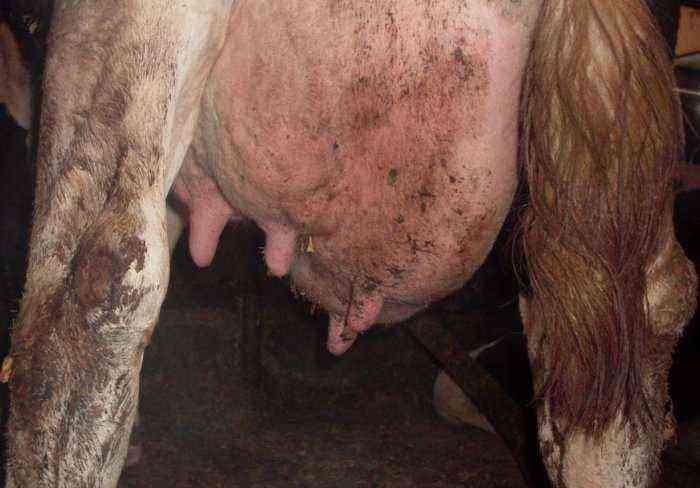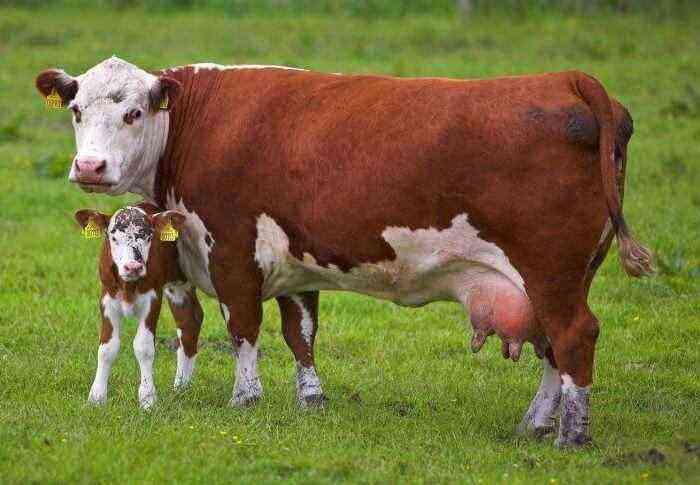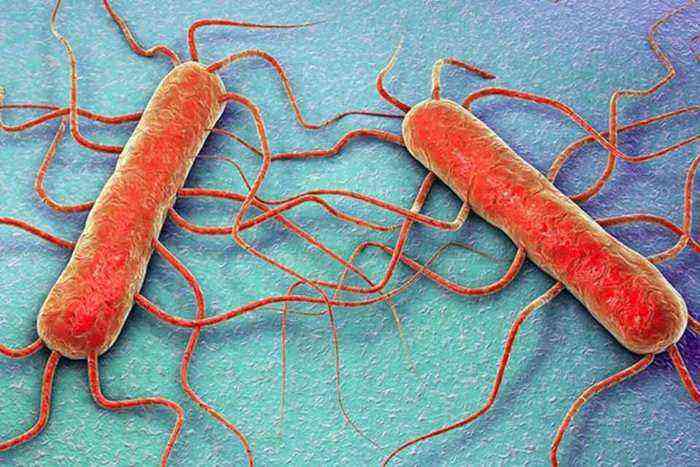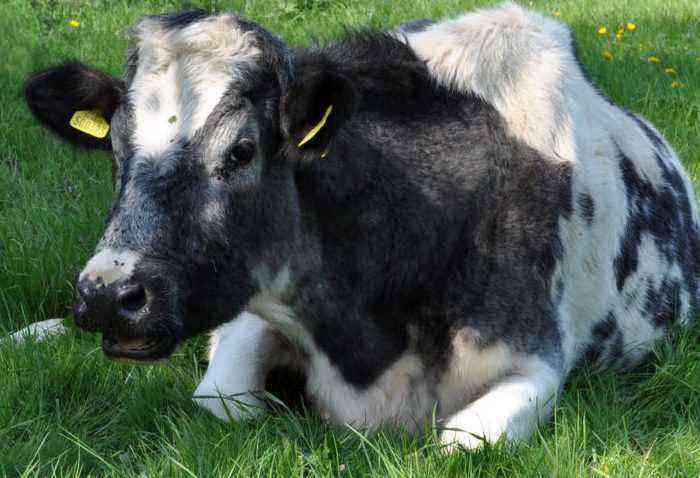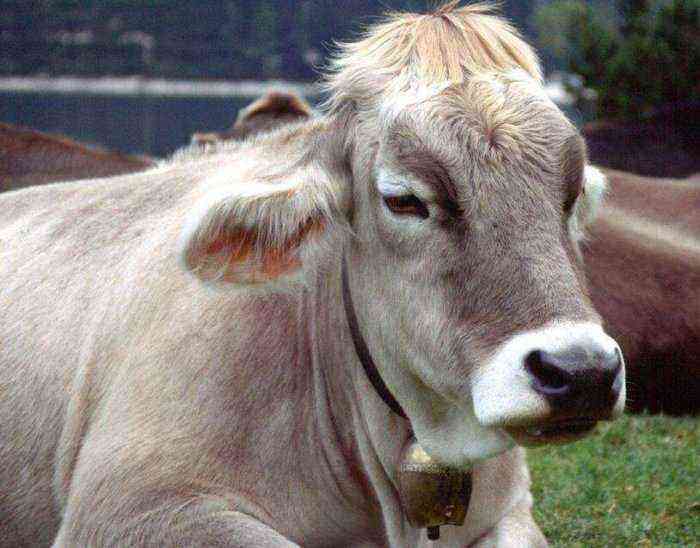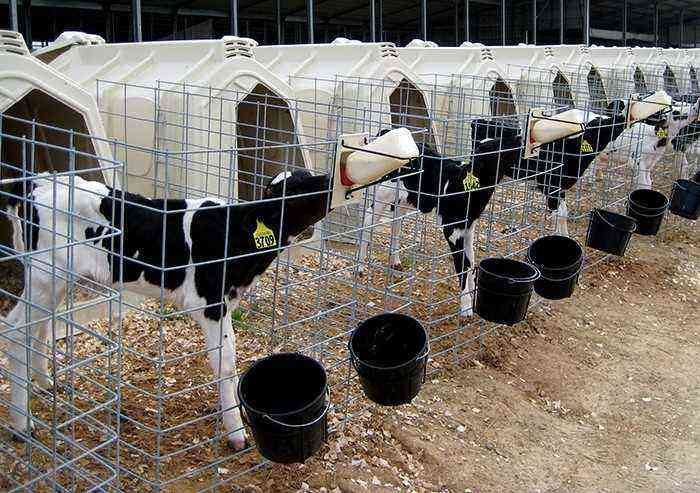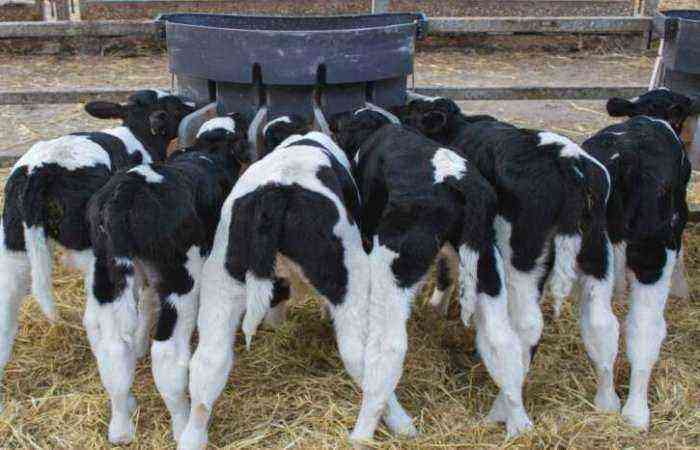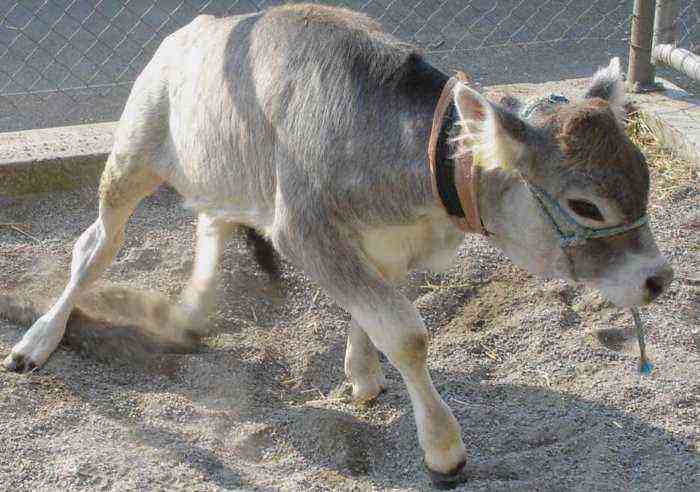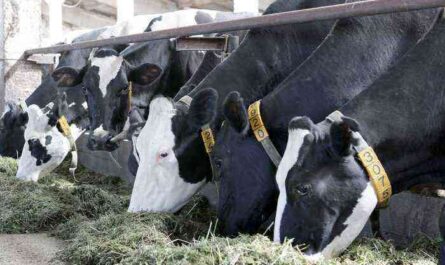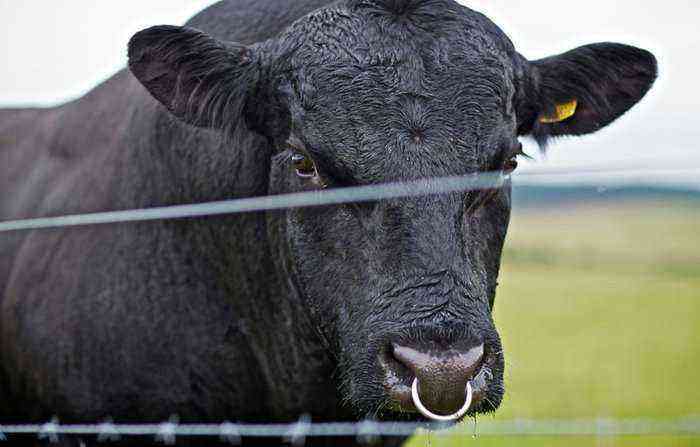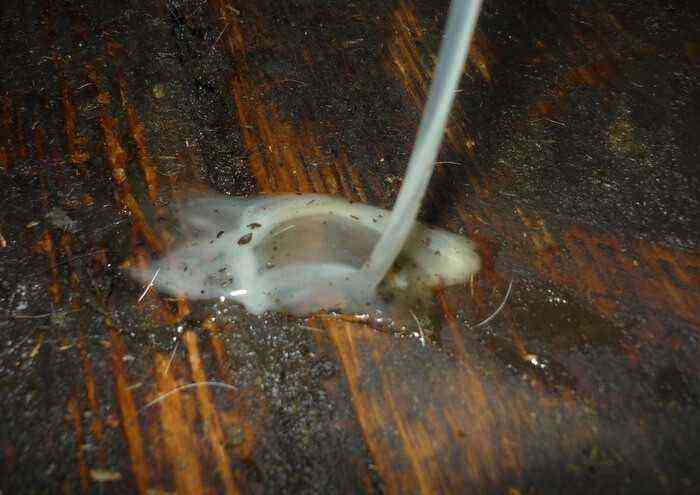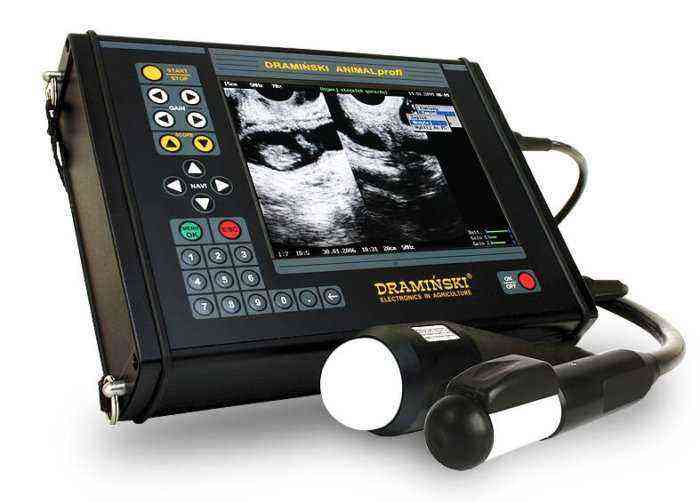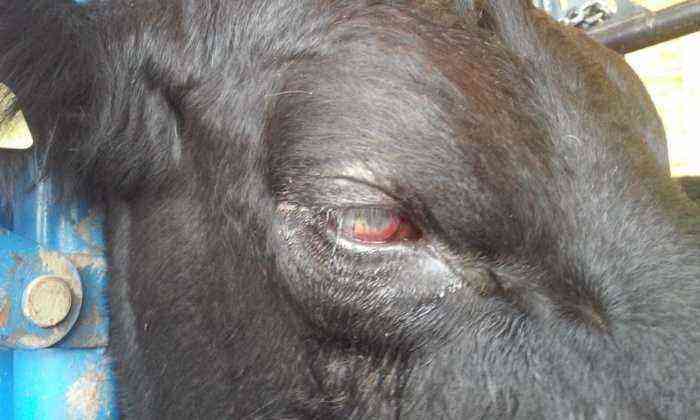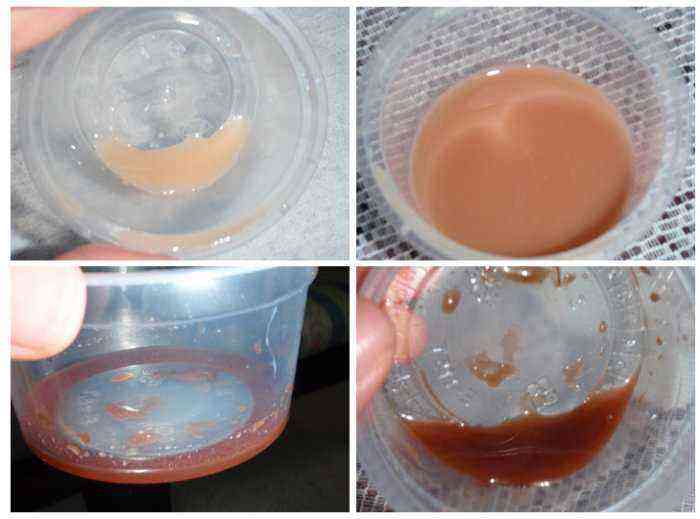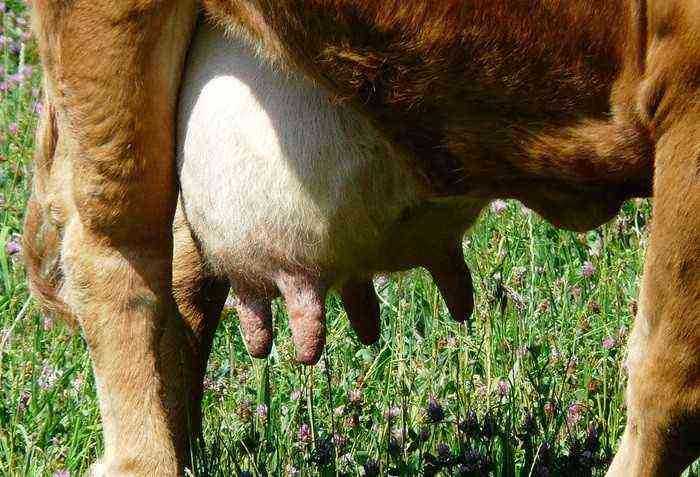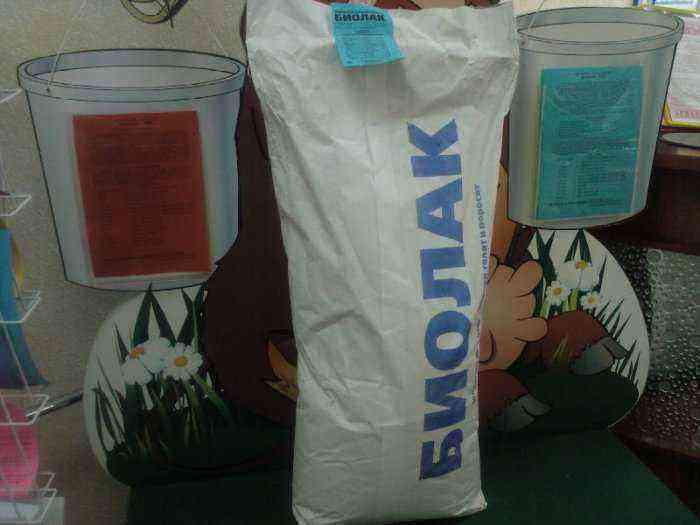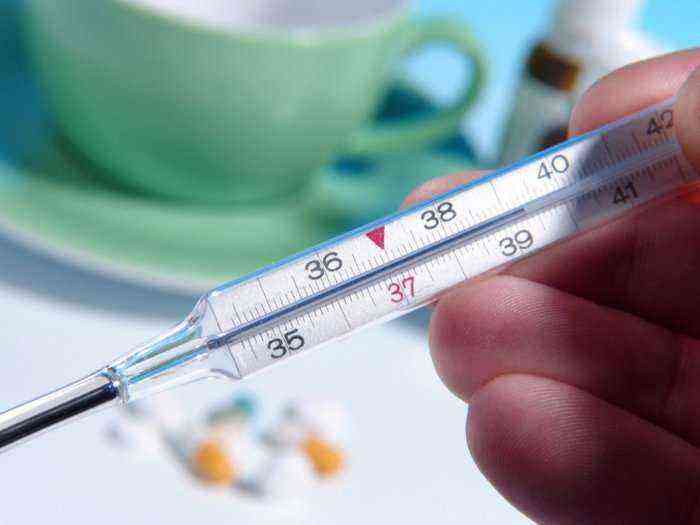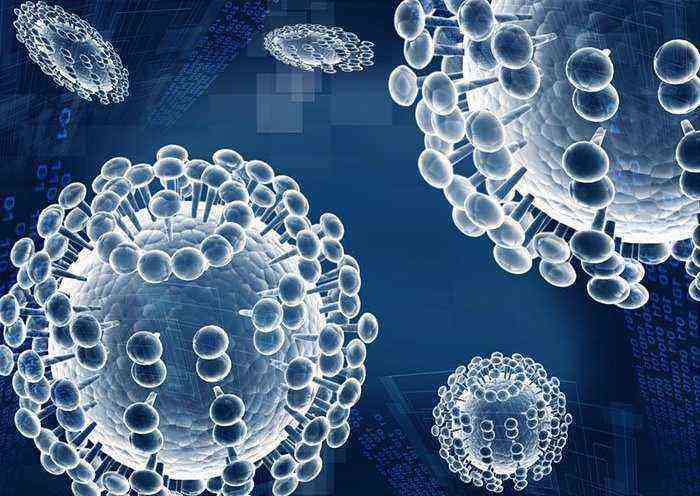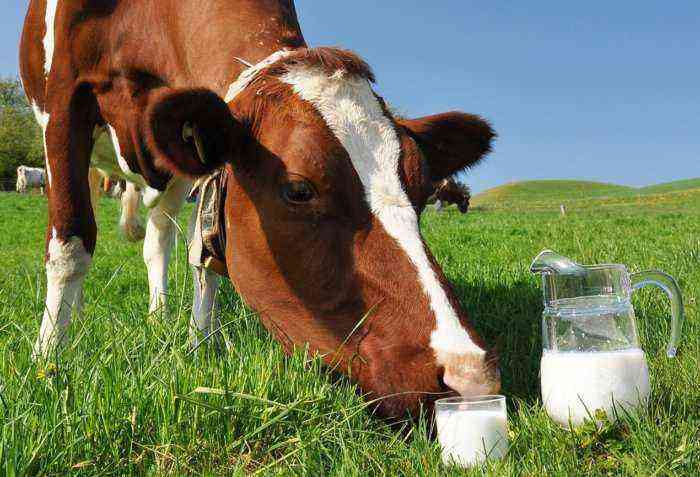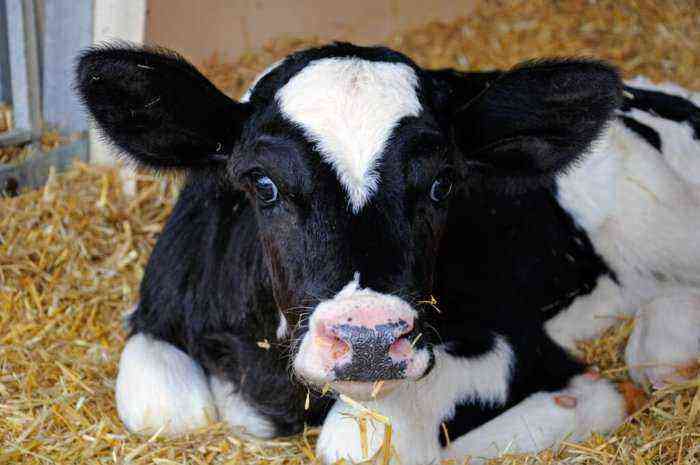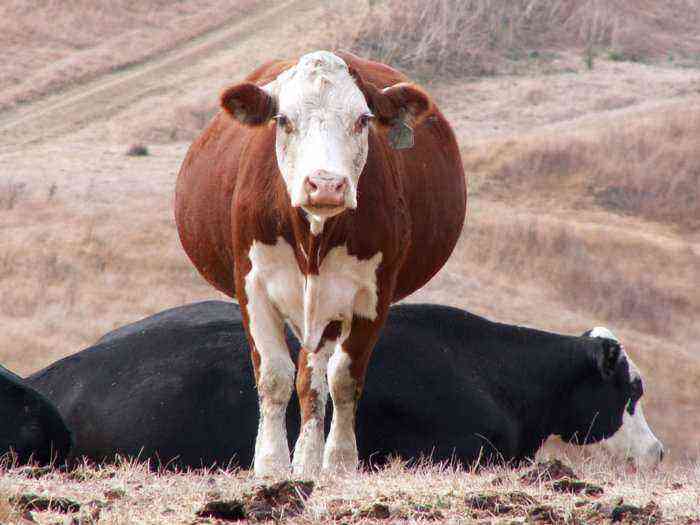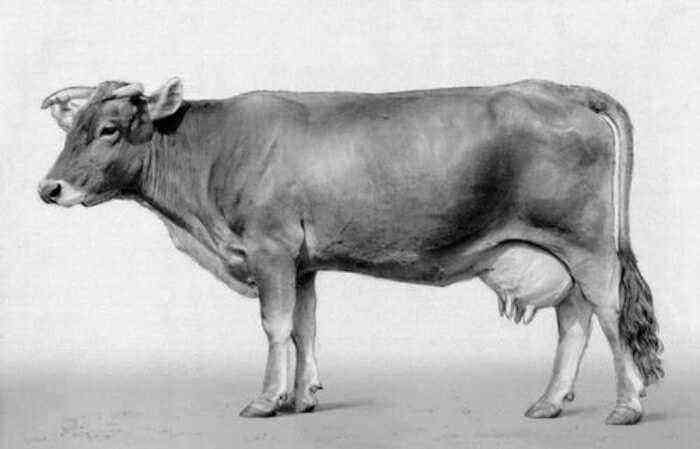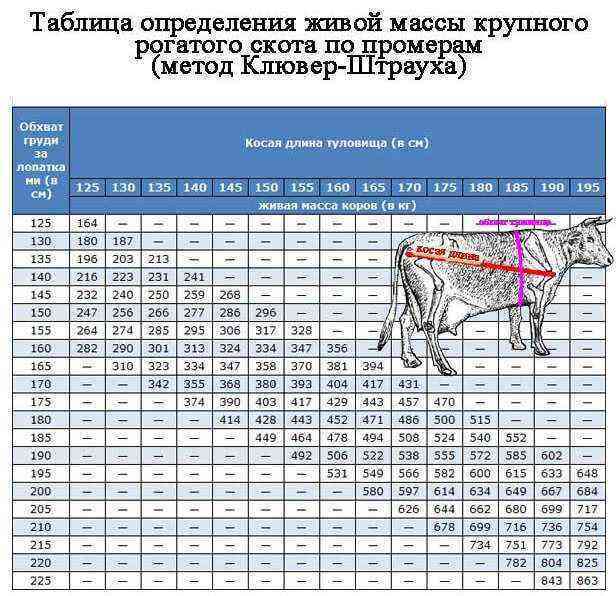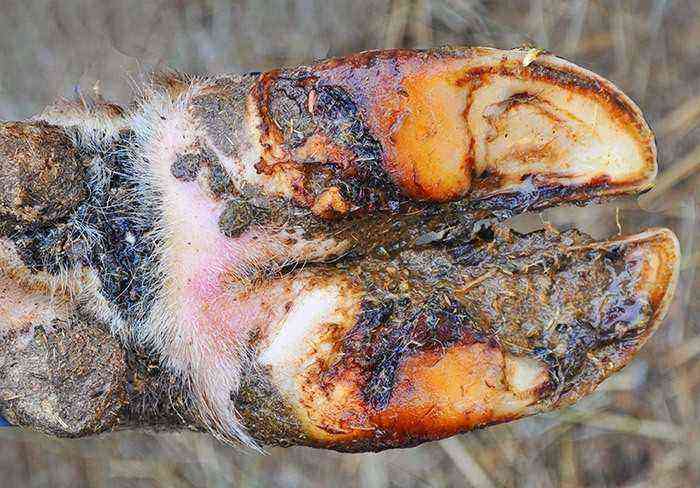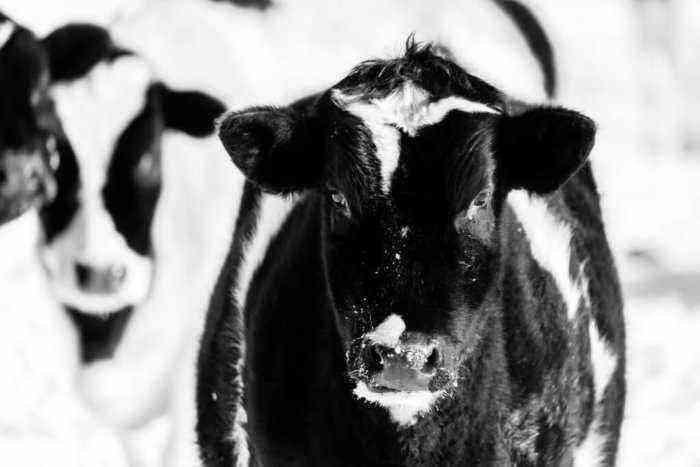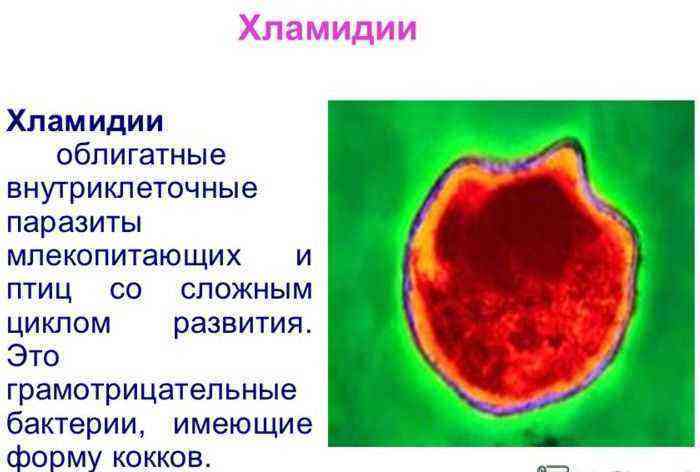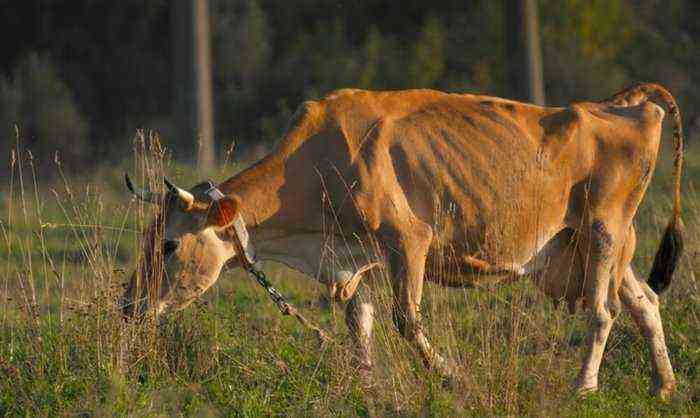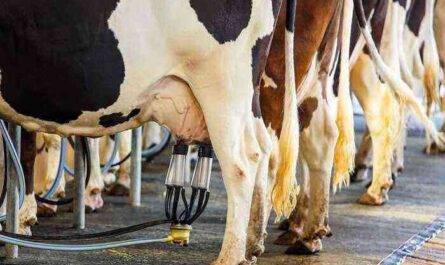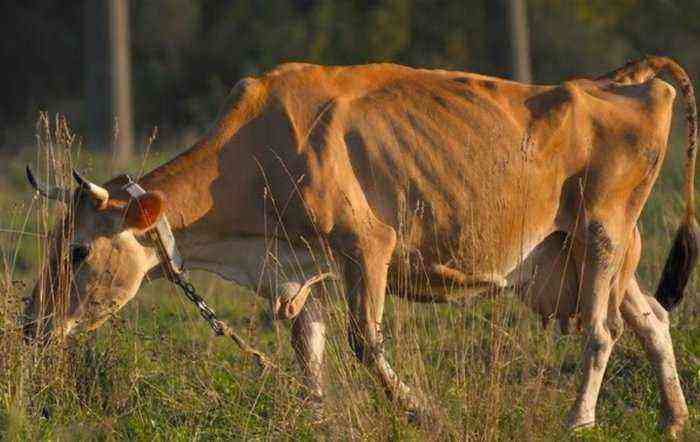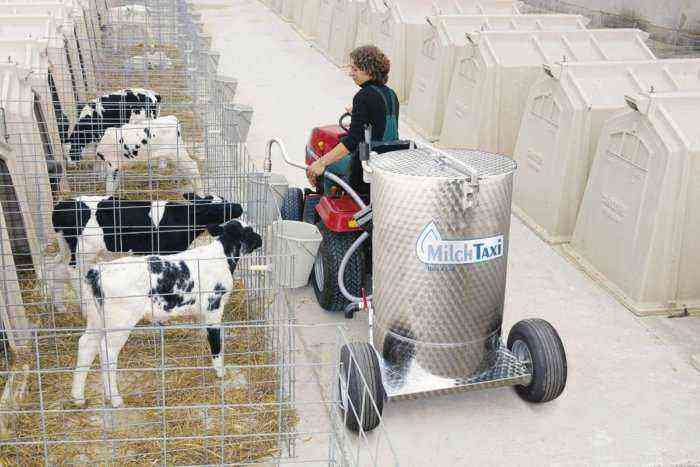Traumatic pericarditis develops in cattle based on pericardial injury. The inflammatory process that accompanies the injury suggests serious consequences for the animal, including death. At the same time, treatment in this direction is ineffective. Therefore, knowing the causes and development of the disease is extremely important in order to provide effective preventive measures.
Prevention is the key to health
What is a disease?
Traumatic pericarditis is an inflammatory process that develops in the pericardial sac and surrounding tissues, due to their damage by foreign objects. They enter the stomach of the animal with food. At the same time, the sharp parts of such objects easily pierce the wall of the stomach and, due to its contractions, are pushed further to the heart. Together with a foreign body, various pathogenic microflora gets inside, which causes inflammation of damaged tissues.
As a result of contractions of the gastric mesh, a sharp object can reach the myocardium or damage the epicardium. If in the course of movement it touches the blood vessels, blood accumulates in the cavity between the heart and the pericardial sac, which increases pressure on the heart muscle. As a result, it cannot contract, which leads to cardiac arrest and the rapid death of livestock.
In addition, with inflammation of the tissues, a large amount of exudate can be released. Its amount in the body of an animal in some cases reaches 20 liters or more. In this case, the type of selection can be:
- serous;
- purulent;
- serous-fibrinous;
- hemorrhagic.
Such an effusion gradually accumulates in the pericardial cavity, thereby impeding the movement of the heart muscle. Accordingly, blood circulation is disturbed, the pressure in the vessels increases.
In the case of serous-fibrinous exudate, a large amount of fibrin protein floats in the liquid. When it enters the cavity of the pericardial sac, it settles on its walls and the walls of the epicardium in the form of plates and layers. If such a protein begins to grow, the pericardium and epicardium fuse together, which creates even more stress on the heart.
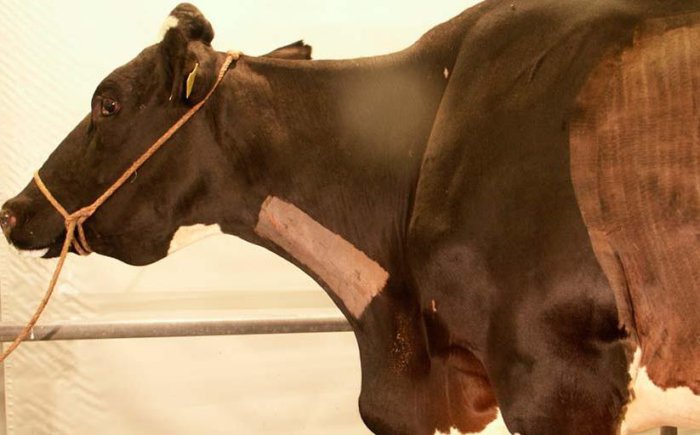
Pericarditis in cattle
Causes
It should be noted that traumatic pericarditis occurs in cows and other cattle much more often than in other animals. There may be several reasons for this disease:
- Damage to the pericardium with a sharp object that fell into the mesh of the stomach with food. On dirty, littered pastures, along with grass, a cow can swallow a wire, a nail, a needle, which easily pierce the pericardium with a sharp edge.
- A strong blow to the sternum. As a result of such a blow, the chest is strongly compressed. The 6th and 7th ribs on its left side may not withstand the pressure and break. As a result, with a sharp edge, they can damage the pericardium and surrounding tissues.
- An injury in which a foreign object enters the body from outside.
In any case, such a disease, as a rule, develops against the background of concomitant factors. The main one is an increase in intra-abdominal pressure. The following processes contribute to its increase:
- childbirth. In the first time after calving, the pressure inside the cow’s peritoneum is significantly increased;
- falling belly to the ground;
- a strong blow to the abdominal region from the owner or other animals;
- uncontrolled appetite, which leads to the overflow of the cow’s proventriculus.
- excessive physical stress.
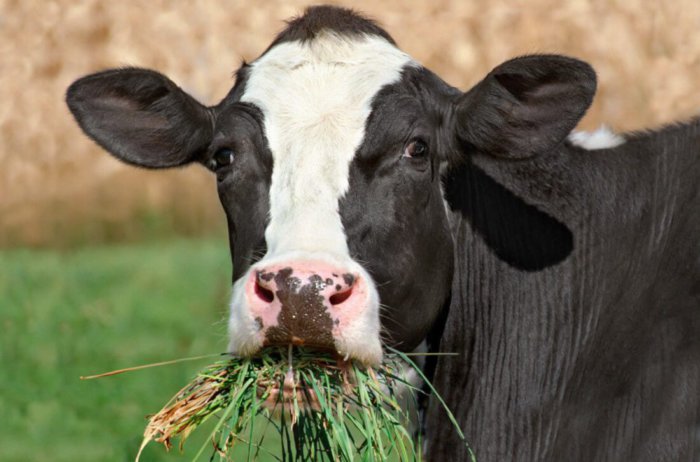
Uncontrolled appetite
Evidence
Traumatic pericarditis can occur in three different forms: acute, subacute, and chronic. In addition, such a disease in most cases suggests the presence of a dry and effusion phase. The first of them acts as the initial one and lasts until the exudate begins to stand out from the inflamed areas of the tissue.
In acute dry pericarditis in an animal, first of all, pronounced soreness is traced. The cow tries to avoid too active and abrupt movements. Also, the animal tries to arch its back when standing, wider than it usually spreads its legs, so as not to create excessive pressure on the damaged area of the pericardium.
If at this stage you listen to the chest of cattle, you will clearly hear such changes in the work of the heart:
- Significantly increased heart rate.
- Strengthened contractions of the heart muscle, which manifest themselves in the form of more distinct shocks.
- A specific friction-like noise that occurs during heart contractions. May appear as cracking or scratching. It is created by the pericardium, in which the inflamed sheets rub against each other. In some cases, this process can be felt by palpation of certain parts of the chest.
Gradually, the dry form of the disease turns into effusion pericarditis. With its appearance, the previously heard crackling in the pericardial cavity is replaced by a splash, which indicates the presence of liquid pus or other secretions in it. The animal’s heartbeat accelerates even more, while the distinct strong beat of the heart with the development of the second stage of the disease subsides more and more. In parallel with this, pain disappears. The sheets of the pericardium are separated by fluid, and the inflamed areas do not touch each other.
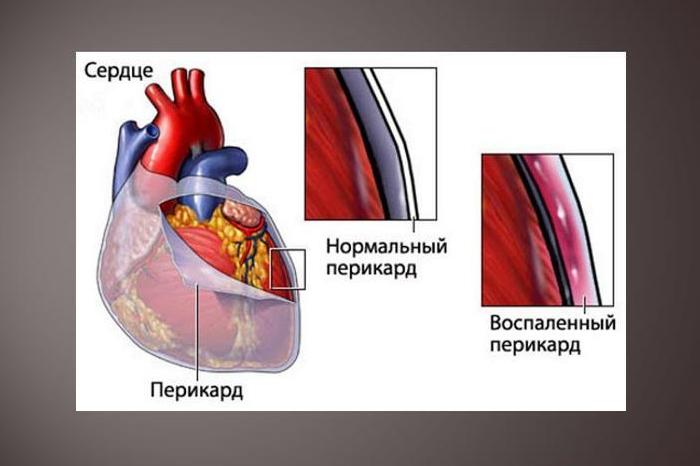
Norm and pathology
With further accumulation of exudate, the pressure on the heart from the outside increases significantly, as a result of which it cannot expand to its usual size. This leads to tamponade. The ventricles are not filled with blood to the end, which leads to its stagnation and general circulatory disorders. At the same time, such changes in the body of the animal are traced:
- severe shortness of breath;
- enlarged liver in size;
- tachycardia, which becomes permanent;
- pressure drop.
Also, as a result of stagnation, bronchitis and blueing of the mucous membranes of the digestive tract can develop.
A striking sign of pericarditis may be the behavior of the animal. Due to the presence of painful sensations, the cow lies down or stands extremely carefully. At the same time, she tries to raise the chest above the pelvis. When getting up from the ground, the chest also rises first, followed by the rest of the body. At the time of the course of the disease, appetite is completely absent or markedly reduced, and milk yields are reduced. The cow may moan loudly when moving.
From the fact that the blood stagnates in the veins, there are severe swelling of the neck and dewlap. When probing the sternum, the animal feels pain.
The main method for diagnosing traumatic pericarditis is palpation, listening and identifying external manifestations of the disease. On palpation in the region of the heart, the animal feels pain. When listening, a crackling or friction is heard, which coincides with the phases of the heart. At the same time, the heart muscle contracts much faster to compensate for incomplete filling of the ventricles. The veins are filled with blood and edema occurs against the background of this. These points will help to distinguish pericarditis from pleurisy, which is quite similar to inflammation of the pericardium in characteristic signs.
Treatment
Treatment of the traumatic form of pericarditis is most often ineffective and the animal is determined for slaughter. But in some cases, treatment attempts, nevertheless, give certain results.
First of all, the cow is provided with peace in a separate stall and the usual diet is changed to a dietary one. All volumetric feeds are excluded from it, replacing them with grass, hay, and special liquid mixtures of bran. If the animal refuses to take food, artificial nutrition is prescribed.
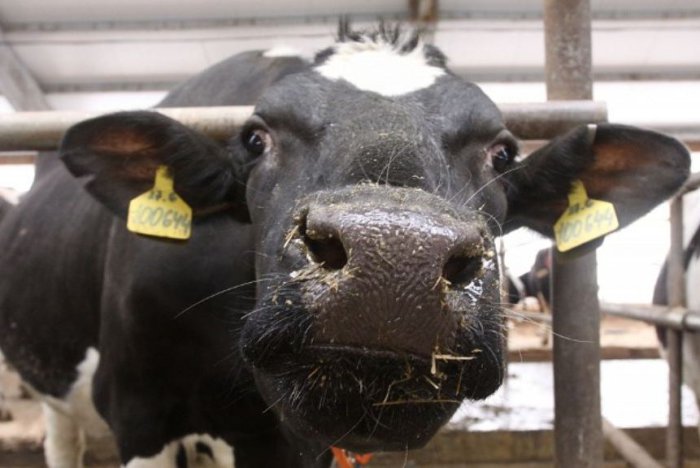
The cow is provided with rest in a separate stall
Further treatment course involves three main areas:
- Restoration of normal heart function.
- Slowdown and elimination of septic processes.
- Removal of exudate from the body.
An ice bag or other cold compress is applied to the heart of a sick cow and securely fixed. At the same time, from 150 to 300 ml of 20% glucose is injected into the vein. The use of drugs aimed specifically at correcting the work of the heart is not recommended. They will only worsen the condition of the animal.
Sulfanilamide and a number of antibiotics are used to slow down sepsis and stop the inflammatory process. To exudate faster excreted from the body, a number of diuretic drugs are prescribed. A subcutaneous injection of sodium caffeine salicylate also has a beneficial effect on the body of a cow with pericarditis. It is injected in a dosage of 2-2,5 g.
Important! After treatment, the animal is properly monitored. If for some time the disease reappears in an acute form, the cow is culled from the herd.
Prevention
Since in most cases the treatment does not give the desired effect, special attention should be paid to the prevention of non-traumatic pericarditis. It consists in eliminating the slightest possibility of foreign bodies getting into the feed, as well as in creating the safest possible conditions for keeping livestock. The main measures in this direction include:
- Neat printout of hay bales wrapped in wire. This procedure is carried out in a specially designated place to which animals do not have access.
- Exclusion of attempts to connect a broken leash chain with wire. A safer option is to replace the chain with a new one.
- Checking bulk feed for the presence of metal objects. To do this, the feed mass is passed through special electromagnetic installations.
- With the frequent occurrence of traumatic pericarditis in the livestock, it is necessary to periodically examine the animals with a magnetic probe. A special device allows you to timely remove wire or nails from the mesh.
- Adding mineral and vitamin supplements to the diet, which will fully meet the needs of the cow. This will prevent the development of lizucha, in which the animal can absorb various objects.
- Sufficient monitoring of the condition of the livestock and consultation with a veterinarian in case of any suspicious changes in the behavior and appearance of the animals.
Also an important preventive measure is the thorough preparation and inspection of the pasture before pasture. It is not recommended to graze livestock in areas where there has been evidence of garbage release or various construction works. On ordinary pastures, inspection and collection of all garbage is carried out in advance.
Reference. For better control over grazing animals, a corral method of keeping is used. In a separate area of pasture, a quick-release fence is being erected, which limits the already tested and cleared square. While the cows are grazing on it, the next section is being cleaned.
Conclusion
Traumatic pericarditis not only significantly reduces the productivity of the animal, but can also quickly lead to death. And since it is extremely difficult to cure this disease, the main attention should be paid to the conditions of keeping animals, which will prevent the development of the disease.

